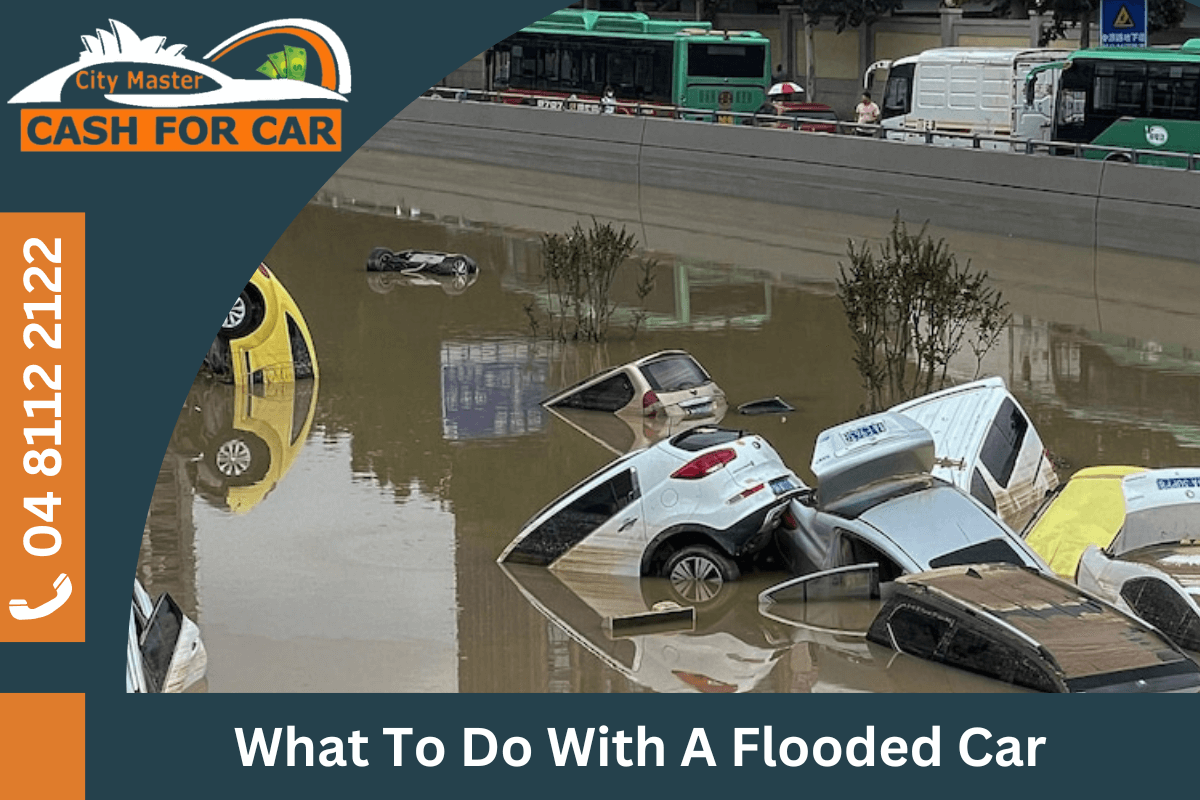
Experiencing a flooded car can be a stressful and unfortunate event. Whether it’s due to heavy rain or a hurricane, knowing the right steps to take can help you minimize damage. It will also ensure your safety, and make informed decisions.
In this guide, we will explore the essential actions to take if you find yourself dealing with a flooded car.
Your safety should always be the first concern when dealing with a flooded car. It’s essential to take immediate precautions to ensure you and others are out of harm’s way. Follow these important safety precautions:
Before taking any further action, document the damage to your car for insurance purposes. Take clear photographs or videos of the interior and exterior of the vehicle. This evidence will be fundamental when filing an insurance claim. Focus on capturing the water level reached inside the car. Documenting the damage will also aid you in understanding the scope of repairs needed
Once you’ve ensured your safety, assess the extent of the damage. Consider the following factors:
The water level reached inside the car: If water entered the cabin, it may affect your car very badly. It can damage electrical systems, upholstery, carpeting, and mechanical components.
Duration of submersion: The longer the car remains submerged, the greater the damage is likely to be.
Type of water: Fresh water damage is generally less severe than the damage caused by saltwater. This is because salt water can lead to corrosion.
Inform your insurance company about the incident as soon as possible. They will guide you through the claims process. Moreover, they will provide you with the necessary instructions. Provide them with all the information you have, including the documented evidence of the damage. You should work closely with your insurance provider . This will ensure that you receive the support you need during this challenging time.
Attempting to start a flooded car can cause significant damage. It is important to have the vehicle towed to a reputable mechanic or a certified flood damage specialist. They can thoroughly inspect the car and assess the extent of the damage. Towing is an essential step in preventing further harm to your flooded car. It increases the chances of successful repairs.
Working closely with your insurance company, they will determine whether the vehicle is repairable or deemed a total loss. If the cost of repairs exceeds the car’s value, your insurance company may declare it a total loss. In such cases, the car will receive a salvage title, indicating that it has been damaged beyond economic repair.
If your car is deemed repairable, consult with a mechanic who specializes in flood-damaged vehicles. A skilled technician will use their expertise to replace damaged parts. Moreover, they will clean and dry the interior components, and perform thorough diagnostics. They will perform a comprehensive inspection to identify any mechanical or electrical damage. Be prepared for potential costs, as flood damage repairs can be expensive.
To reduce the risk of your car being flooded in the future, consider taking these preventive measures:
Dealing with a flooded car can be a challenging situation. However, by following the right steps, you can minimize the damage and make informed decisions. Prioritize your safety, document the damage, contact your insurance provider. Eventually, seek professional help for repairs. In spite of this, you can sell your flood damaged car to cash for cars services provider.
Remember, prevention is key, so take proactive measures to safeguard your vehicle from future floods.